Ana McMillin argues that the success or failure of new neighbourhoods will be decided by the quality of streets, public spaces and community life

As we embark on delivering 1.5 million new homes, we urgently need to ask what truly makes a good home, or we risk failing on a very large scale.
The debate on housing quality often centres on space standards, internal layouts, materials, thermal performance, construction methods and, more recently, fire escapes and the BSA. These are, of course, very important, but they should not be the starting point.
In fact, we had very generous space standards under Parker Morris, yet many of those homes have been demolished as they failed at the level of place. Good quality housing starts before you even enter the unit. It starts with the urban design.
The pressure to deliver numbers, the timescales, the land constraints and other arguments may push us to treat urban design as a secondary concern. But in fact, it is the primary one.
As architects and urbanists, we must widen the conversation about housing quality to start with the public realm, the in-between spaces and the social infrastructure that surrounds homes. Good housing design begins outside the front door.
What is a good home?
A good home starts with a well-designed street, a neighbourhood and a legible, safe and welcoming urban environment. Homes are more desirable and better valued in tree-lined streets, in neighbourhoods with green foliage, regardless of style, period or construction method.
More than a large unit, the presence of green within view from living spaces and kitchens, and verdant spaces in the immediate surroundings of dwellings, creates a stronger sense of being ‘home’.
Home? Yes, home, where one feels safe in the most deeply human sense, where one does not have to perform to be seen, where one starts the day in harmony or dissonance – however one feels, we are human after all – and where one rests well at night and wakes ready to face the world with a sense of happiness and renewal.
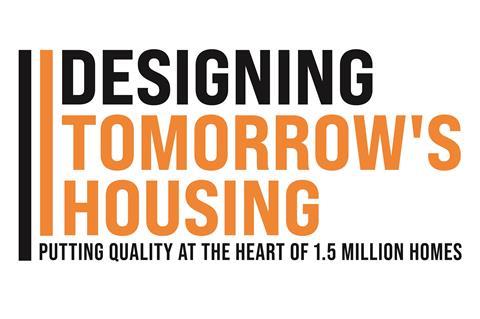
That’s also the peace one feels from simple lighting that makes returning home at night a safe journey, calmly listening to the rain or one’s own steps on the footway, unafraid. It means streets where children can play without fear and build memories forever, overlooked by windows and cared-for front gardens.
It also means cycle storage that is actually usable, space for buggies so they do not have to block circulation, and entrances that welcome everyone, whether they are pushing a suitcase or smiling after a good day’s work.
Feeling ‘at home’ is also about the chance to connect with others. And that is helped by the right density and by simple solutions such as well-designed public realm and communal spaces, so that we can interact with other people, avoid loneliness, enjoy a casual chat with the neighbours and feel a sense of belonging to a community.
These are the ingredients of good social and community life, and their absence from new developments will mean we have failed ourselves. Hopefully not this time.
I am not calling for a revival of the vernacular
There are precedents: Peter Tabori’s Highgate New Town, compact units by today’s standards, yet carefully arranged in car-free streets with own doors and communal spaces, a socially mixed and very successful neighbourhood where people simply ‘love living’. Pocket developments, with units below standard sizes, also contributed positively to framing streets and the utilisation of small plots of land, and delivered good quality and more affordable homes.
And there are, of course, the timeless Victorian neighbourhoods, for me still one of the best examples of good housing, some of the best places to live in, precisely due to the urban design. Lessons can be learned from well-planned Victorian streets. In their adaptability, their social resilience and the sense of safety and identity they create, they are remarkable.
Yet we seem to be at risk of forgetting what makes them so desirable. We must create new neighbourhoods at sensible densities to allow for supporting uses and to reduce car dependency, isolation and poor health. I live on such a street in South London. One which wasn’t designed for refuse vehicles’ turning circles, yet they come by every week – no problem at all.
A few weekends ago, we had a street party, and what struck me again was how much of that sense of community is not accidental; it is by design. As the community thrives, it does so because simple elements like front doors, gentle density and proper streets have been designed into the fabric of the neighbourhood.
And it is not a matter of style
But the example of Victorian streets should not mislead us, because good urban design is not a matter of style. It is a matter of principle. I am not calling for a revival of the vernacular.
The appeal of these streets and neighbourhoods does not lie in the bay windows, the arches, the brick cornice, nor in the romanticised idea of a traditional home. Their success lies in the urban structure, in how streets, blocks, density, legibility, squares, scale and urban grain are articulated, irrespective of architectural styles or tastes.
These are timeless characteristics, for which guidance, compendiums and assessment templates have been published, some of which we still so often fail to deliver.
And an emphasis on long-term interests and stewardship through a robust urban design process from the outset are key ingredients in delivering the good places of the future, where quality homes will then sit.
In modern urbanism, the issue was not the style of the buildings – we mustn’t be afraid of modern styles – the issue was the breaking of streets, public spaces and their thresholds, legibility, safety and adaptability, the erosion of urban grain and structure. Its deviance from timeless urban design fundamentals was compounded by car-centric design and a mechanistic, overly functional urbanism that was unappealing to the senses.
That is what we must avoid at all costs now. Not by copying the style of Victorian houses, not by romanticising architectural detailing, but by designing great places. And we can only do this well if we start the design of each home from the outside, starting – first and foremost – with the urban grain.
And we cannot afford to fail now. We cannot afford to deliver places that are socially brittle, environmentally flawed and fail us on health, opportunities and happiness. So let’s get on with it, and let’s do it right.
>> Also read: New towns. Old wisdom?
>> Also read: If architects want to lead the housing debate, they must relearn the vernacular
Postscript
Dr Ana McMillin is writing as a member of the Urban Design Group executive committee. She is Director of Architecture at Broadway Malyan.


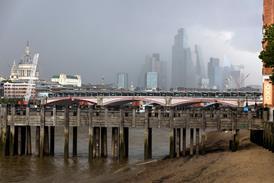
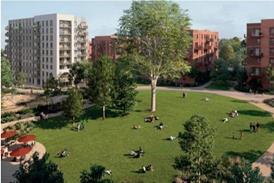
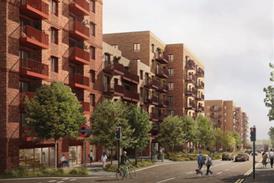



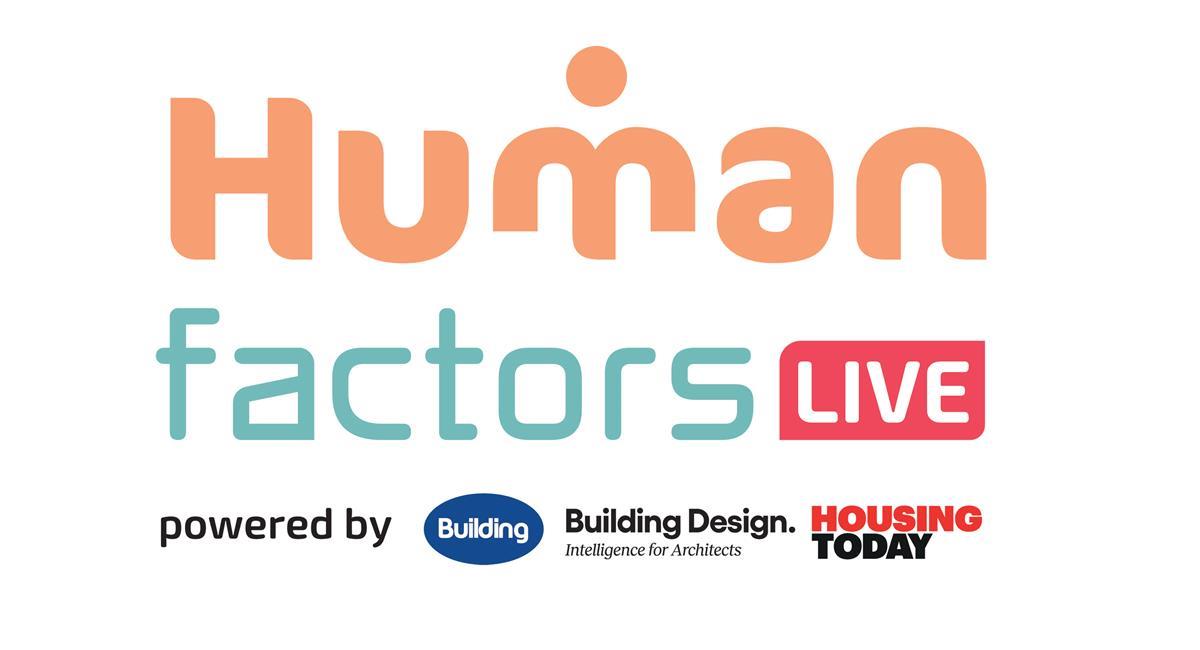







1 Readers' comment